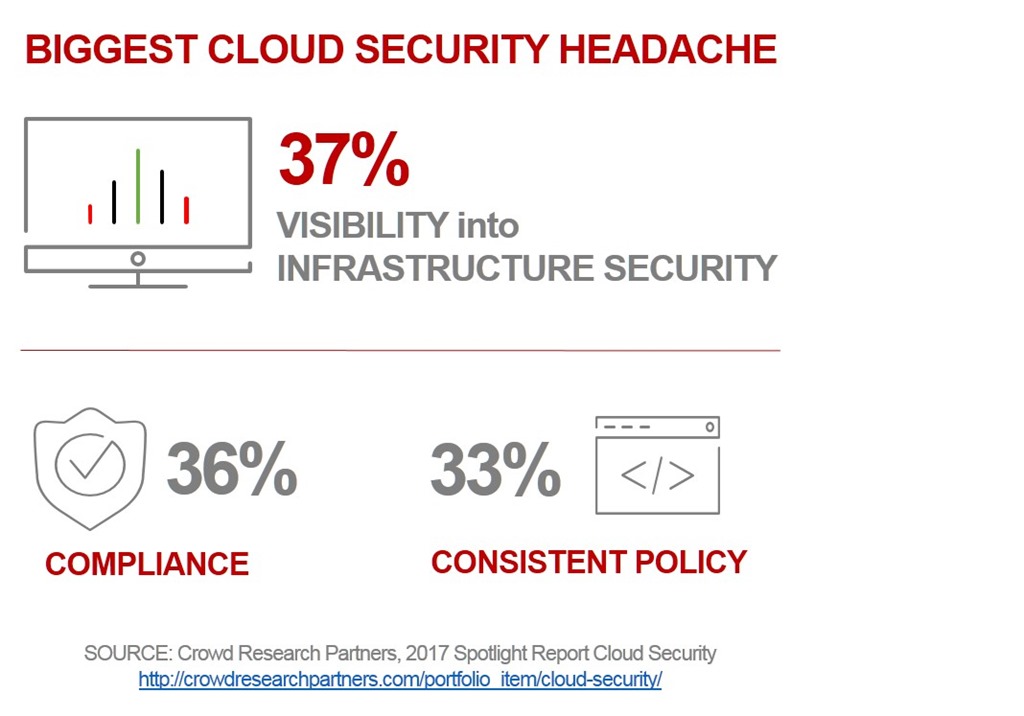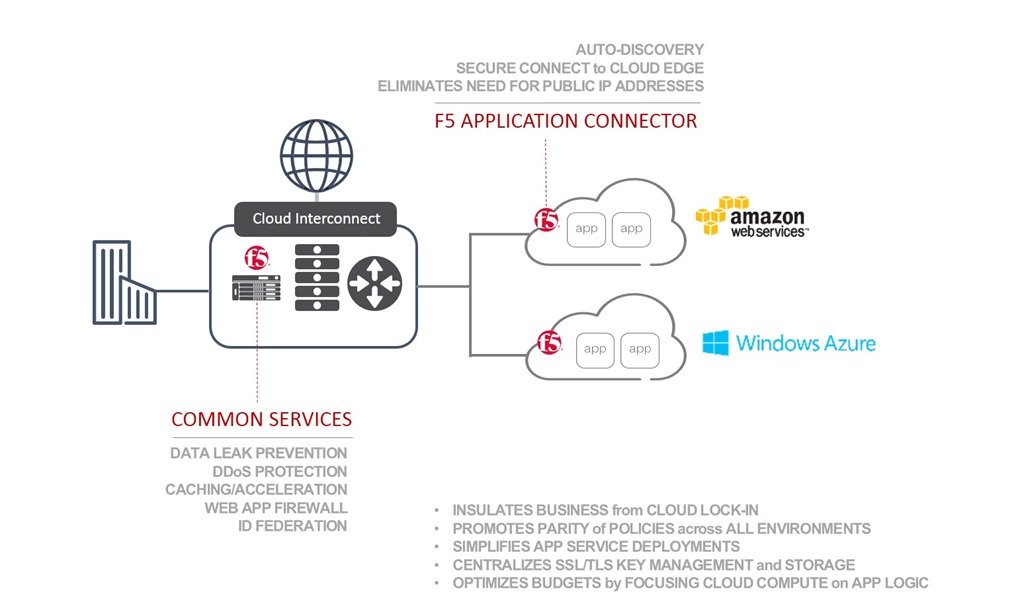Making Multi-Cloud Manageable: F5 Application Connector Now Available for Microsoft Azure
We (as in the industry) know that multi-cloud is a nice way to say what organizations have been doing for some time now. Cloud has always been available in many forms – IaaS, PaaS, SaaS – and organizations have always indulged in using more than one. North Bridge, which has been tracking cloud for a years now, noted in its 2016 report that “SaaS is used in nearly 7 in 10 companies.” Our own data and that of RightScale also conclude that organizations, on average, use more than one cloud. Multi-cloud isn’t a prediction, it’s an observation.

But we do see shifts occurring in the models organizations prefer. On-premises private cloud has dominated in our State of Application Delivery surveys, but all signs indicate a steady shift toward off-premises public cloud. And as that shift continues, organizations are encountering challenges. Those challenges largely center around consistency – of security, of performance, and of management. Trying to come up with a cohesive strategy when you can’t consistently apply the same policies across all the various cloud formations you might be using can be maddening.
Which is one of the drivers behind the increasing interest in cloud interconnects (sometimes called ‘colo cloud’).
A cloud interconnect is an off-premises marriage of lightning fast connectivity to all the major cloud providers and colocation services. The colocation aspect provides the ability for organizations to centralize a core set of services using existing technology and skills. In turn, that provides consistency of policies – particularly those related to security – without compromising the ability to leverage public cloud for its agile, cost-effective scale and storage.

This is beneficial for establishing the secure ingress organization’s need to deliver apps, while promoting the use of multi-cloud to ensure business value by using the most cost-effective (and best-match technology) for each application. But it doesn’t address the need to make it manageable.
Once you start using multiple public clouds to host applications, you’ve still got to manage those apps and get them connected to a secure inbound path. Cloud (or app) sprawl is a real thing that not only wastes money – it accrues risk.
That’s one of the reasons We (that’s the corporate We now) developed the F5 Application Connector. Its entire purpose in life is to provide auto-discovery of the application instances hosted in a public cloud and get them hooked up to the right secure inbound path so you don’t have to hunt them down.
Application Connector is a lightweight proxy that resides in the public (or private and on-premises) cloud and provides the ‘glue’ between the BIG-IP (on the colocation side) and the apps in the public cloud. It auto-discovers the applications, which in turn helps operators and admins to ensure they’re protected and highly available. For most cloud environments, that process is still manual. Recognizing the importance of automation, we’re hard at work ensuring that not only does Application Connector automatically discover apps, but also auto-adds them to the BIG-IP providing a secure inbound path to those applications. Our first iteration supported automation in Amazon AWS, and today we’re excited to announce the availability of Application Connector 1.1 supporting apps deployed in Microsoft Azure.
That means you can have apps in any cloud protected by the same security policies you used in the data center, with the added benefit of those in AWS or Azure being managed more automagically. You can defend apps in any cloud environment from DDoS attacks, and ensure apps in the public cloud aren’t leaking sensitive data. And you can do it centrally, without sacrificing performance.
Multi-cloud can be manageable with the right tools and technology.
